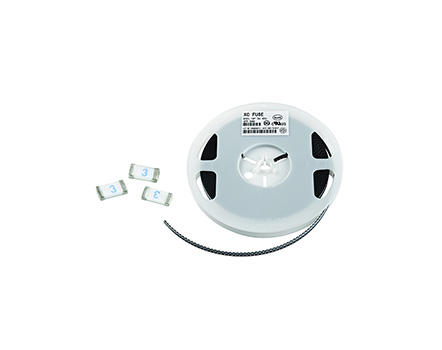
The fuse is mainly composed of three parts: the melt, the shell, and the support, among which the melt is a key component that controls the fusing characteristics. The material, size, and shape of the melt determine the fusing characteristics. Melt materials are divided into two categories: low melting point and high melting point. Low melting point materials such as lead and lead alloys have a low melting point and are prone to melting. Due to their high electrical resistivity, the cross-sectional size of the melt produced is larger, and the metal vapor generated during melting is more. They are only suitable for fuses with low breaking capacity. High melting point materials such as copper and silver have a high melting point and are not easy to fuse. However, due to their low electrical resistivity, they can be made into smaller cross-sectional sizes than low melting point melts. They produce less metal vapor during melting and are suitable for fuses with high breaking capacity. The shape of the melt can be divided into two types: filamentous and banded. Changing the shape of the variable cross-section can significantly change the fusing characteristics of the fuse. Fuses have various different fusing characteristic curves, which can be suitable for the needs of different types of protection objects.
Ampere second characteristics:
The action of a fuse is achieved by the melting of the melt, and the fuse has a very obvious characteristic, which is the ampere second characteristic.
For the melt, its operating current and operating time characteristics are the ampere second characteristics of the fuse, also known as the inverse time delay characteristics, that is, when the overload current is small, the fusing time is long; When the overload current is high, the fuse time is short.
Read recommendations:
bimetal defrost thermostat test
Starting protection time of self recovery fuse.charger fuse in car